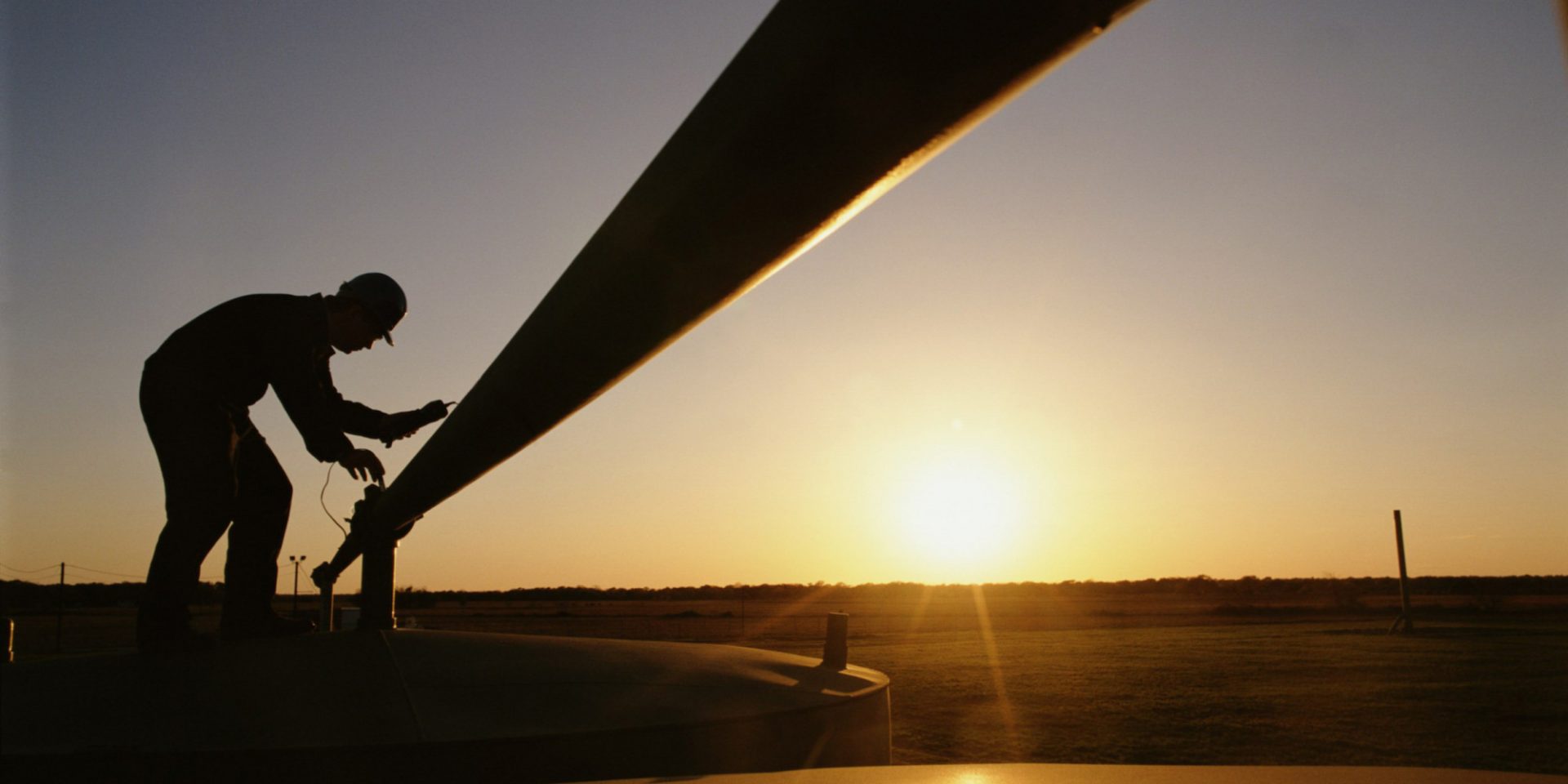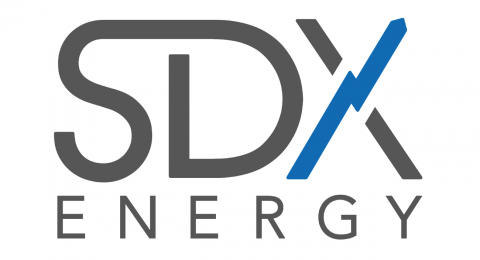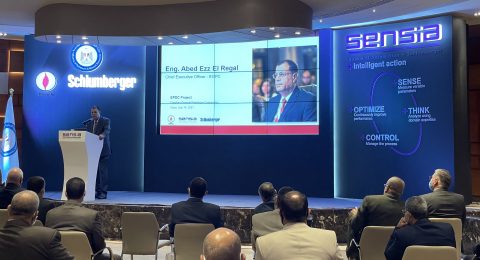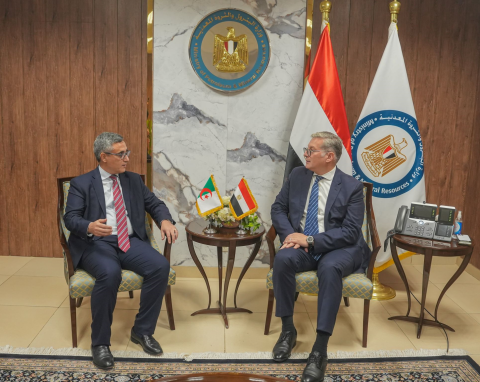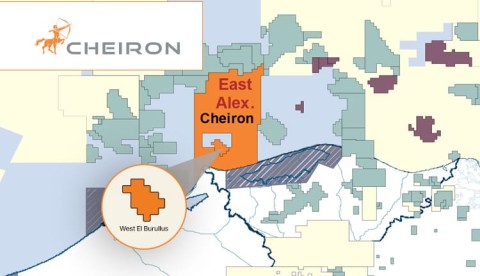The European Commission is preparing a ‘diplomatic energy action plan’ to diversify the EU’s natural gas supply sources, with plans for tapping Algeria’s huge unexploited reserves, and a comprehensive LNG strategy due next year.
Miguel Arias Cañete, Commissioner for Climate Action and Energy, has agreed on a “coherent approach” with the EU’s foreign affairs chief, Federica Mogherini, in dealing with gas supply countries such as Norway and Russia.
“For the time being, we have been concentrating a lot of efforts on the Mediterranean,” Cañete told a small group of Brussels-based journalists last week, underlining Algeria’s “enormous possibilities”.
The Commission will convey a business forum “early next year” to analyse the reasons behind Algeria’s chronic under-investment in natural gas extraction capacity, and the possibilities for tapping unexploited reserves – both conventional and non-conventional.
The offensive is part of the Energy Union, a project which received political impetus following the conflict in Ukraine, exposing the EU’s dependence on Russian gas imports.
At issue is Algeria’s preference for long-term contracts while the markets are more driven by spot prices, Cañete said.
EU officials also say investors are often deterred by Algeria’s strict ownership rules, which forces foreign companies to engage in a minority joint-venture with the country’s state-owned oil and gas company, Sonatrach.
“We Europeans are not investing much in Algeria for the moment and the pipelines are either underused or not being used at all. This could be a secure supply source for the EU so we should have a closer relationship,” Cañete said.
Other countries targeted in the diplomatic offensive include Norway, which overtook Russia as the first gas supplier to Western Europe in May this year, and Turkey, with whom the Commission will launch a high-level energy dialogue in October.
A major “package” of legislation will follow in the second half of 2016 to bind together proposals on gas-related supply security.
LNG from Australia and the US
Cañete said Europe will continue being dependent on Russian gas for the foreseeable future. “But if there are hubs to negotiate the gas, there will be new opportunities, more competition, and the prices will go down,” he said.
A major aspect of the Commission’s approach will be to make sure Europe’s pipeline networks are interconnected, in order to make way for an expected surge in imports of Liquefied Natural Gas (LNG).
Imports of LNG almost halved between 2011 and 2014, the Commission points out, making the EU a “residual market” for what Asian countries do not need or cannot afford.
“We think there is a real possibility with LNG at the moment. The gas market is going to change dramatically in the future,” Cañete predicted, announcing a comprehensive strategy for LNG and gas storage in early 2016.
But efforts will be needed to link up European gas markets, Cañete stressed, saying “it is very important to solve the problem of interconnection through France.” Other regions of focus include the Baltics and Southeastern Europe, where 14 interconnection projects are currently being developed.
Some of these projects will be eligible for funding under the Connected Europe Facility, the Spanish Commissioner indicated, drawing attention to an existing list of Projects of Common Interest, which will be updated in the autumn.
“With new LNG hubs, the EU will be in a position to have cheaper and more secure energy,” Cañete said. “We attach a lot of importance to the LNG strategy and to all the developments in infrastructure in connection with that.”
Pipeline vs. LNG
Major gas pipeline projects, like the Southern Gas Corridor, are also expected to play a big role in the diversification of European gas supplies.
€5.85 billion is allocated to energy projects under the Connecting Europe Facility (CEF), the first time that the EU has directed funding specifically to energy infrastructure.
But the wisdom of building large pipelines was called into question by environmental groups, who point out that demand for gas has fallen by 9% over the last decade due to savings efforts.
And demand is likely to fall further as Europe hits its efficiency targets, warned the environmental think tank E3G, saying “There is a serious risk that public money will be wasted on subsidising white elephant gas infrastructure projects that then become expensive stranded assets.”
This was no source of worry for Emily Olson, Vice-President for Communications and External Affairs at BP for the Southern Gas Corridor project.
“We certainly see pipelines as very valuable and very strategic for BP,” Olson told EurActiv. “In 2015, we’ll spend about 6 billion dollars in the BP-operated part of the Southern Gas Corridor. Overall 28 billion on Shah Deniz II and pipeline extensions. So we wouldn’t be spending that money if we didn’t see value.”
Olson said BP’s energy outlook for 2035 foresees that two thirds of European imports will come from a mix of pipeline gas and LNG. “Given declining domestic production, you’re going to see imports becoming more diversified,” Olson said.
Source: EurActiv
